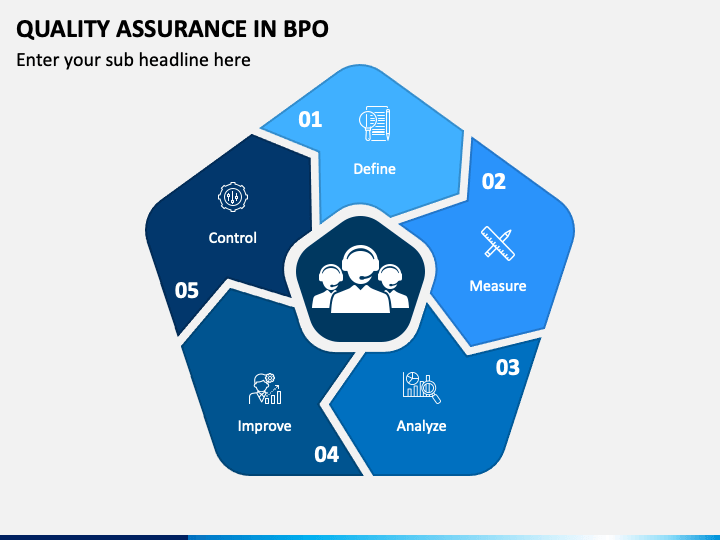


Examples of the impressive multi-material capabilities inspired by nature which are applicable today in multiple areas of life are briefly presented in the applications section. Furthermore, we describe popular material chemistries both from the past and more recently, along with future prospects to address the material-related limitations of vat photopolymerization. This review aims to provide readers with a comprehensive comparison of different additive manufacturing technologies along with detailed knowledge on advances in multi-material vat photopolymerization technologies. However, the technology is currently limited by design strategies, material chemistries, and equipment limitations. Vat photopolymerization is a subdivision of additive manufacturing which possesses many attractive features, including excellent printing resolution, high dimensional accuracy, low-cost manufacturing, and the ability to spatially control the material properties. With recent advancements in additive manufacturing, the technology has excited a great potential for extension of simple designs to complex multi-material geometries. The recent advances on the photochemical systems used, the toxicity of the cationic photoinitiating systems, the reactivity of the new epoxy bio-sourced monomers, their thermomechanical properties as well as the applications of the targeted materials will be described.Īdditive manufacturing or 3D printing of materials is a prominent process technology which involves the fabrication of materials layer-by-layer or point-by-point in a subsequent manner. This review intends to be a guide to orient academic teams and industries involved in reducing both environmental impacts and toxicity towards the synthesis of environmentally safe materials. Hence, this review aims at underlying the increasing importance of cationic photopolymerization in combination with bio-based photopolymerizable monomers, and describes the numerous reactive species derived from bioresources that can lead to innovative materials through cationic photopolymerization reactions.

At the crossroads of these domains, biobased monomers photopolymerization offers the best of both. Moreover, in the current search for the reduction of the environmental impacts of polymers, the use of biobased monomers is one of the most crucial stakes. Cationic photopolymerization is among the greenest processes used to obtain polymers since light is abundant, inexpensive and allows for rapid and waste-less curing at room temperature.


 0 kommentar(er)
0 kommentar(er)
